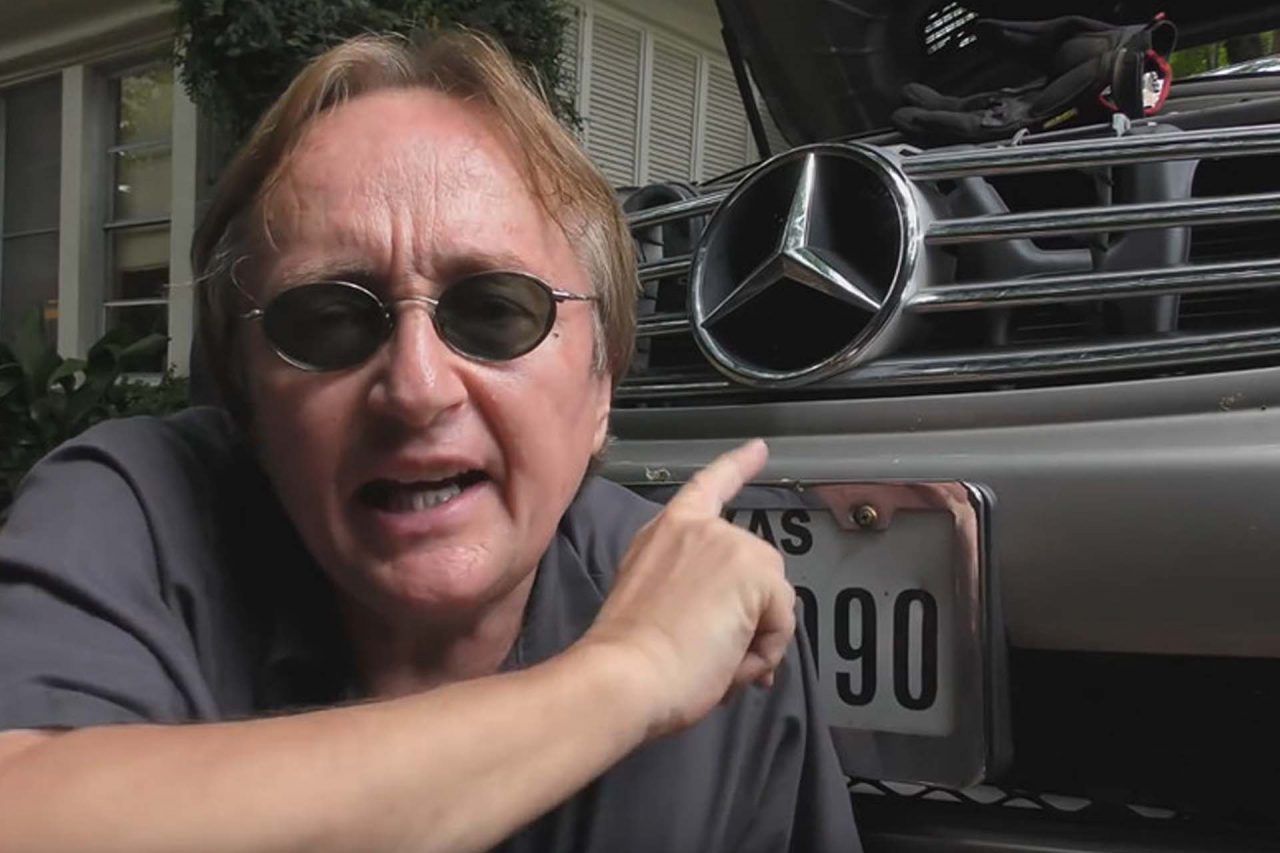As you embark on your car maintenance journey you'll want to avoid these four dumb car mistakes so your car will run smoothly and be safe for years to come.
A car is one of the things that you can hardly survive without today. Apart from safe driving, they require proper maintenance. Every driver needs to learn how to take care of their car and make sure it's safe, running smoothly, and in good condition.
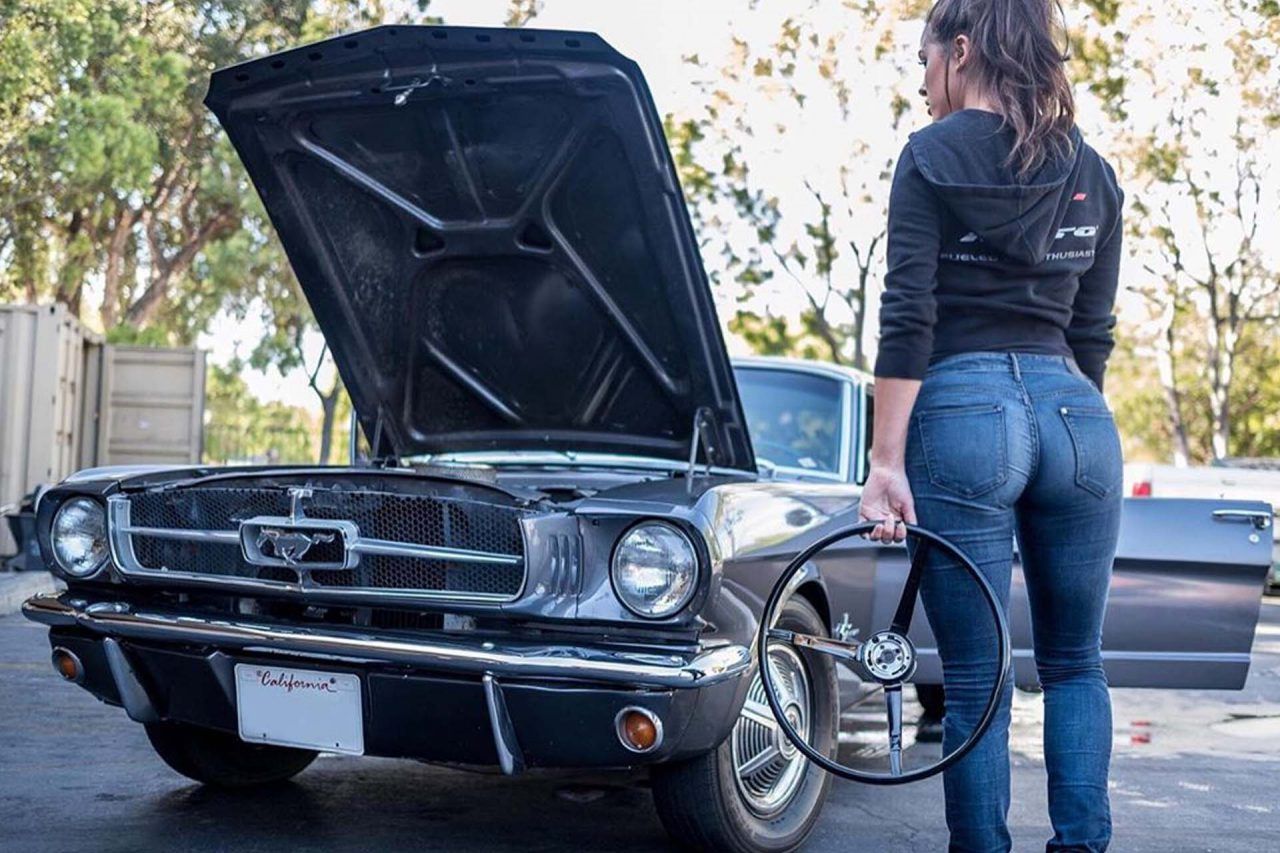
Failure to take care of your motor vehicle can lead to some consequences that may cost you a lot of money in the long run. As you embark on this journey of proper car maintenance, let's dive into four dumb things that you should never do to your car:
Never Jump-start Your Car Backward
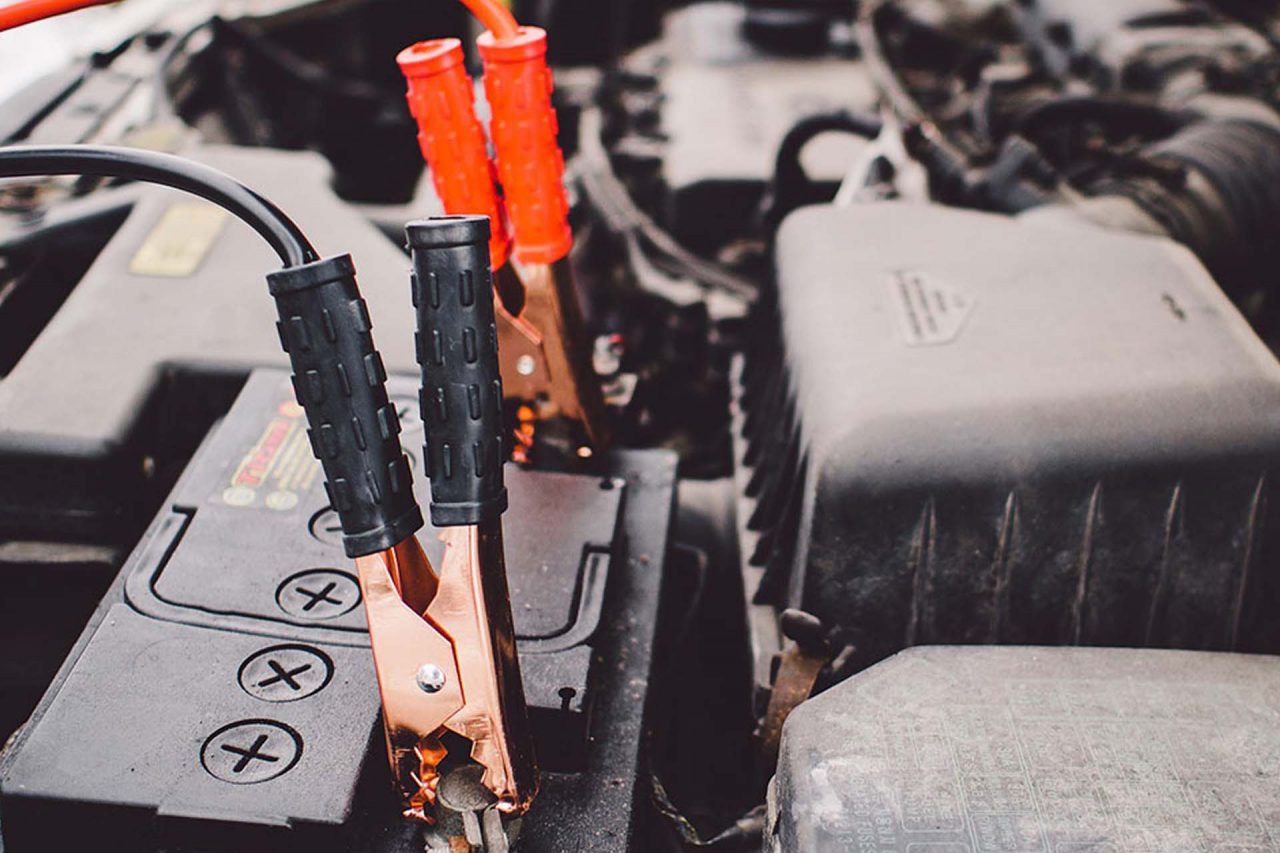
Have you ever found yourself with a dead battery? Either you left the lights on or your battery is old. Regardless of what type of car you have, you will find yourself in this situation, eventually.
How do you know your battery is dead? Your engine will not crank, your headlights and dashboard lights won't go on. Darkness! Your battery is likely to be the culprit, and you need to jump-start it. Maybe it's your first ordeal, and you don't understand how to go about it.
One of the stupid mistakes is to connect the positive terminal of each battery to the negative terminal of the other cell. It's crazy. What happens? When the jumper cables are incorrectly connected, you can damage the alternator, on-board computers, and electronic sensors.
Starting your Car when It's out of Gas
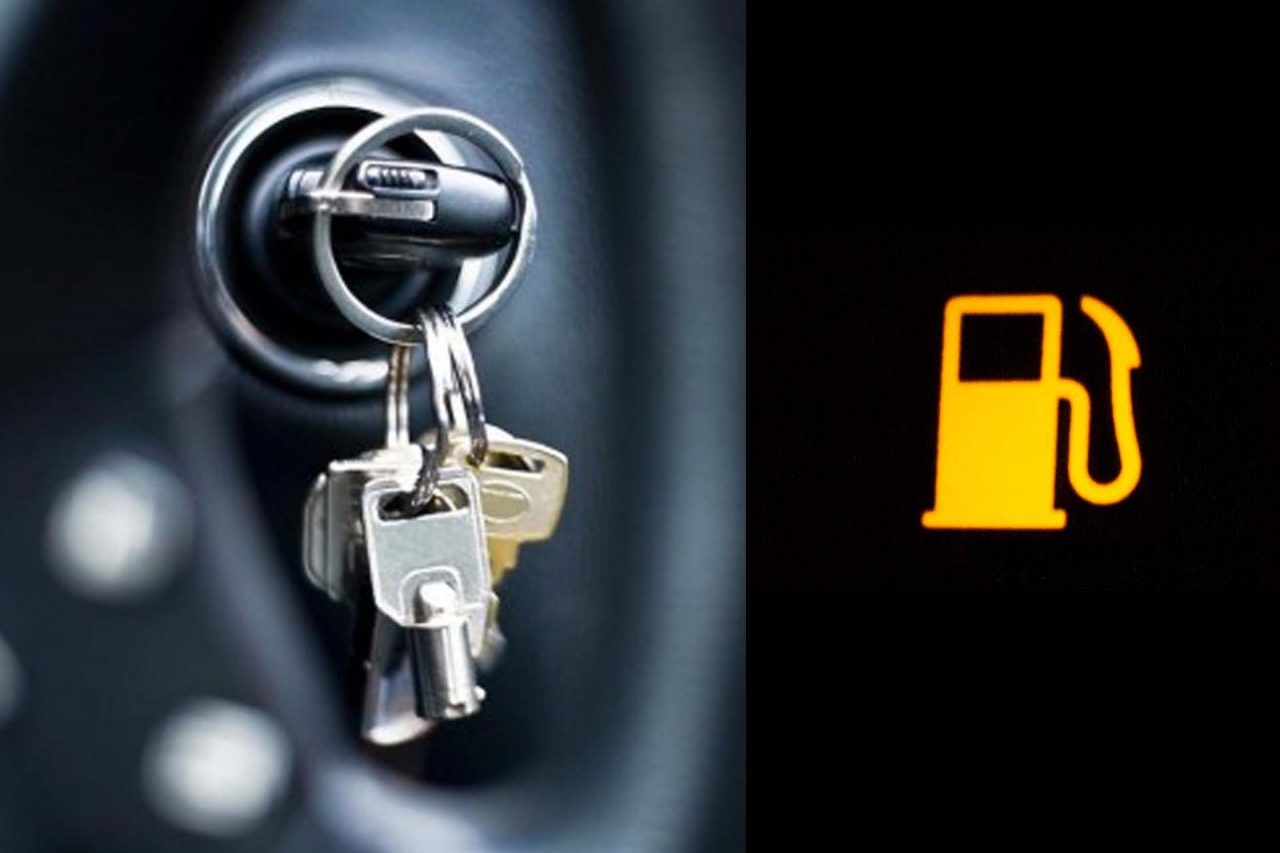
How do you know your car has run out of gas? Simple! The engine stops running, and you lose braking and steering power.
Don't start a car that has run out of gas. Here is why:
· It will suck the air from the fuel tank leading to Jamming fuel line with air.
· It will do a lot of damage to the piston and cylinder block.
· Your fuel pump might suck dirt/crap/build-up, possibly clogging the injectors/carburetor.
· It will drain your battery rather quickly.
· You might burn the starter.
Not Changing Your Oil on Time
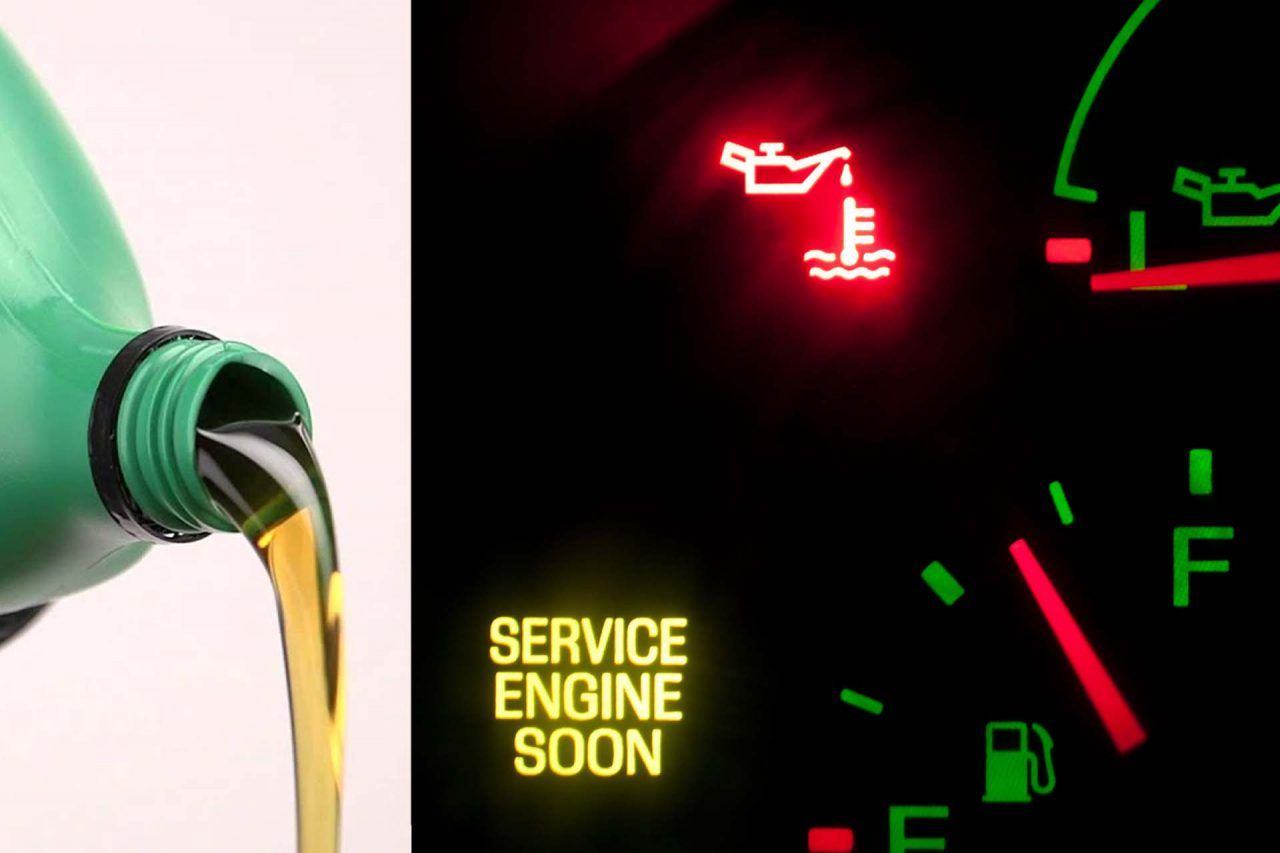
First, just like blood is essential to the human body for survival, the same case, your car needs oil to operate correctly. Unchanged oil solidifies and becomes sludge. The build-up sludge will prevent oil from flowing freely, just like an artery blockage in humans.
The blockage can lead to a machinery' heart attack' to the engine. Considering the price of the oil versus the cost of the car engine or its repair costs, you're better off changing your car oil as required by the manufacturer.
Second, oil is a lubricant that allows all the engine metal parts to work correctly. If your engine is lacking oil, there will be excessive wear on your engine as well as increased friction. Your filters should as well be changed with every oil change. Basically, you should replace your oil every 3,000 miles.
Failure to Change the Coolant
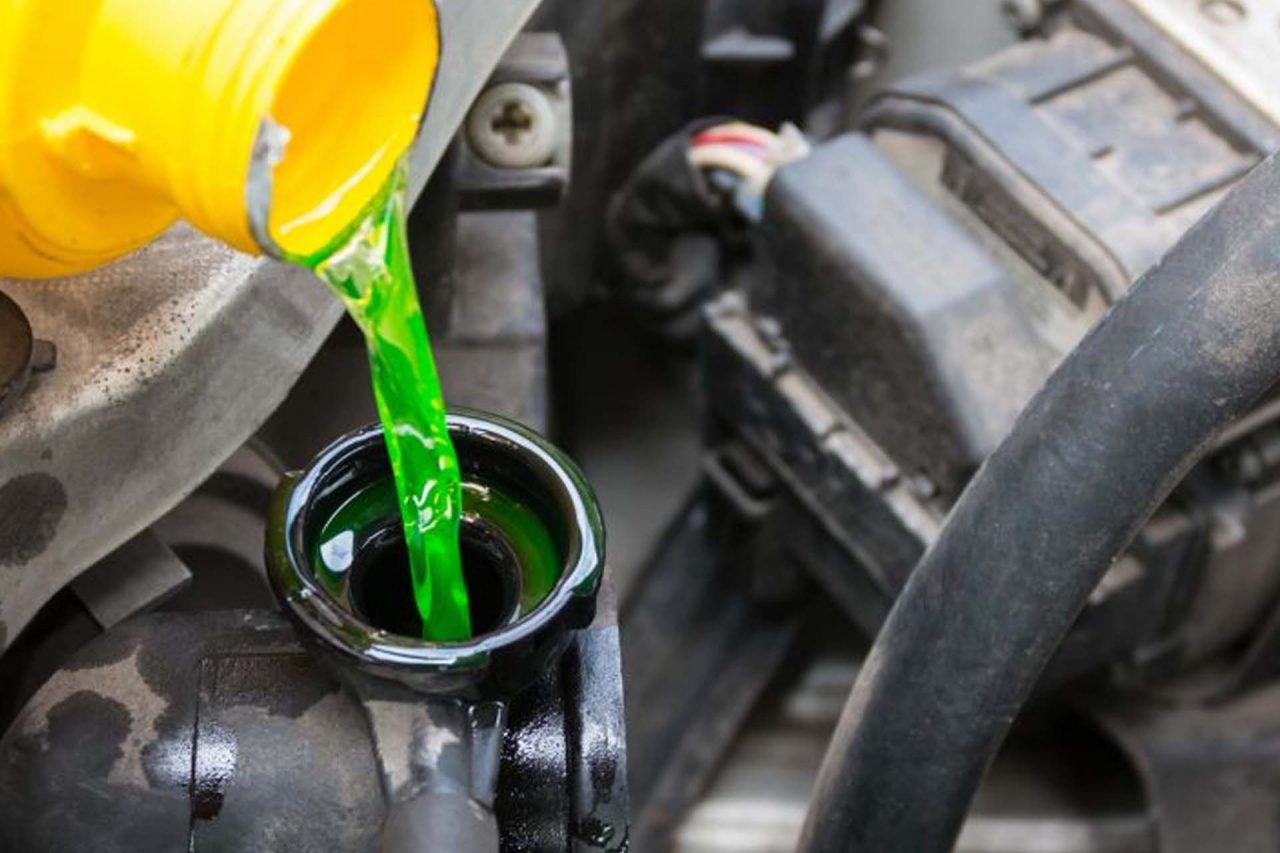
Antifreeze maintains the temperatures of the engine to prevent overheating. How is this done? The coolant carries away heat that is above 1000C / 2120F. The coolant also prevents the engine from freezing.
What happens to an engine with no coolant/ low coolant?
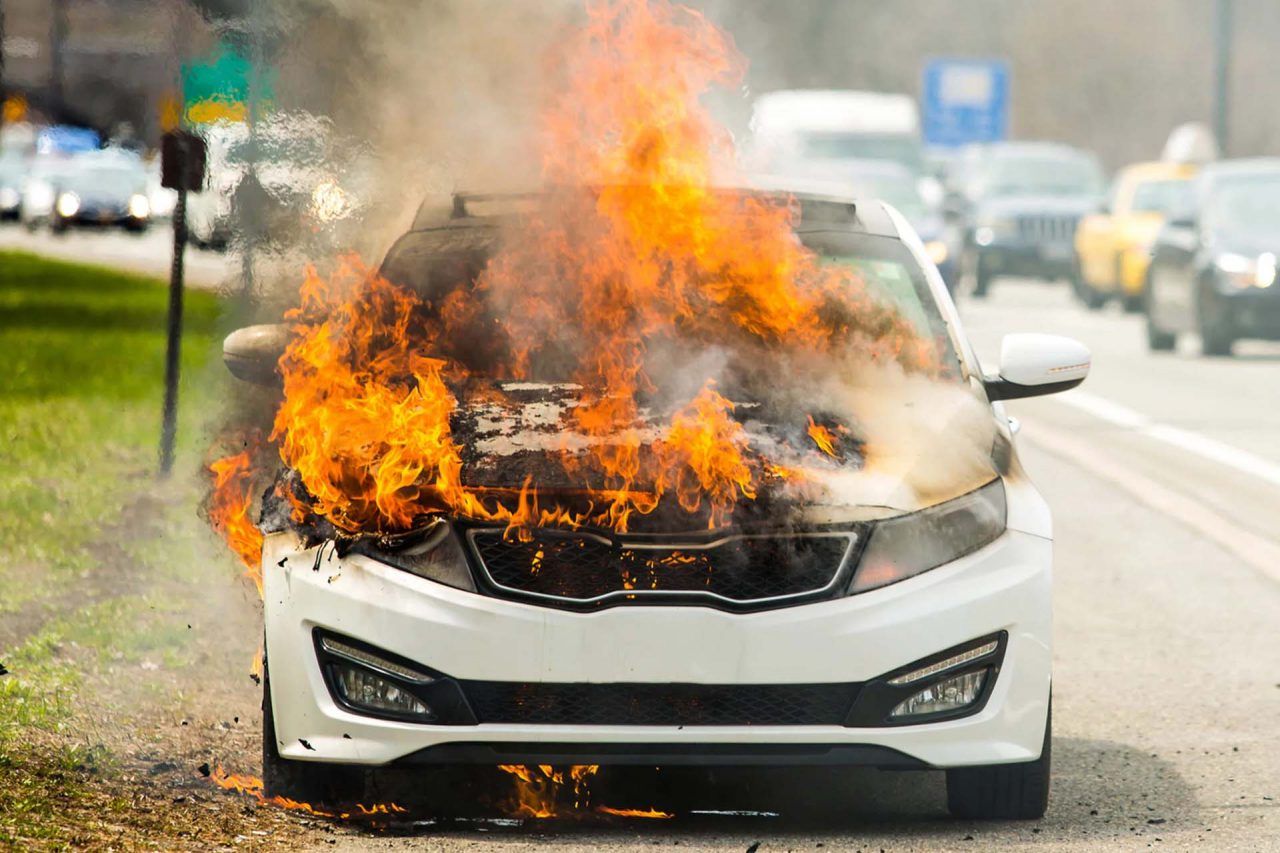
The first sign of low coolant is a dashboard warning light or raising temperature gauge. The second is an automatic engine cut-off. If you have a modern car, it's fitted with an automatic cut-off feature. It's specifically designed to prevent damage when the engine starts to heat up due to a lack of antifreeze. After a short drive, the car will stop until it's cooled down.
The third is a failure to change the coolant, which damages engine parts. If you continue driving and your car doesn't have a cut-off feature, some parts of the engine will run too hot — parts like head gasket, water pump, cylinder head, and crank failure. You end up paying costly repairs and, in extreme cases, encounter permanent, irreparable damage.
Next, you will notice other problems like billowing steam, no control of the internal system, and a very hot, dangerous bonnet. If you happen to see any of these, pull over to prevent more damage.
Your car will give you several warning signs before it cuts out from heat damage. It's important to recognize these signs. They include:
· Heater not working or blowing constant hot air.
· High-temperature gauge creeping towards the red.
· Poor fuel economy.
· Coolant dashboard light illuminated in red.
Avoid The 4!
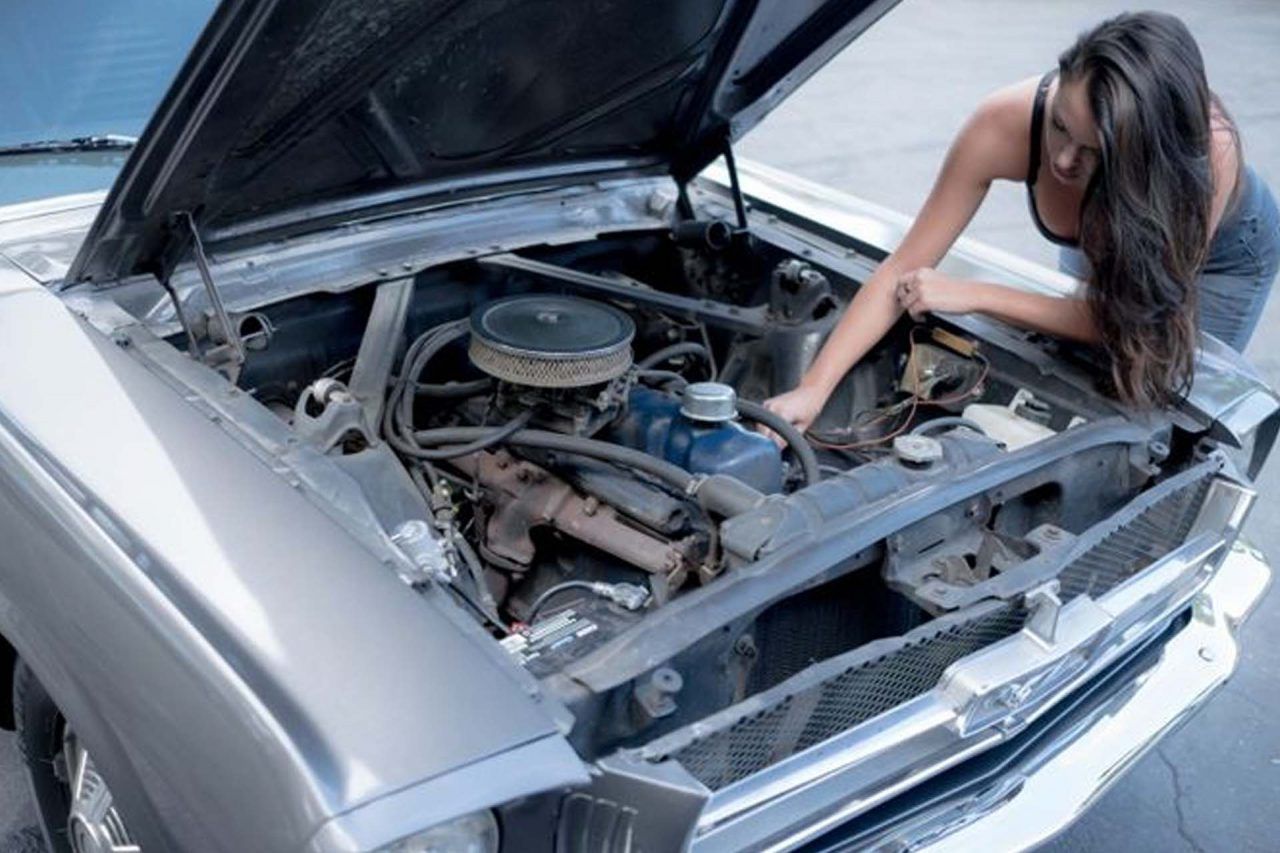
Undoubtedly, if you avoid the above four dumb mistakes, your car will run smoothly and be safe for years to come. It would be best if you took care of your vehicle as recommended by your mechanic or manufacturer.

